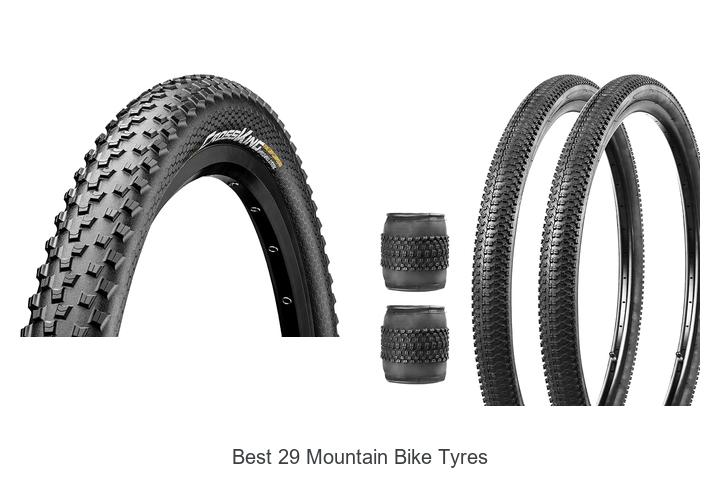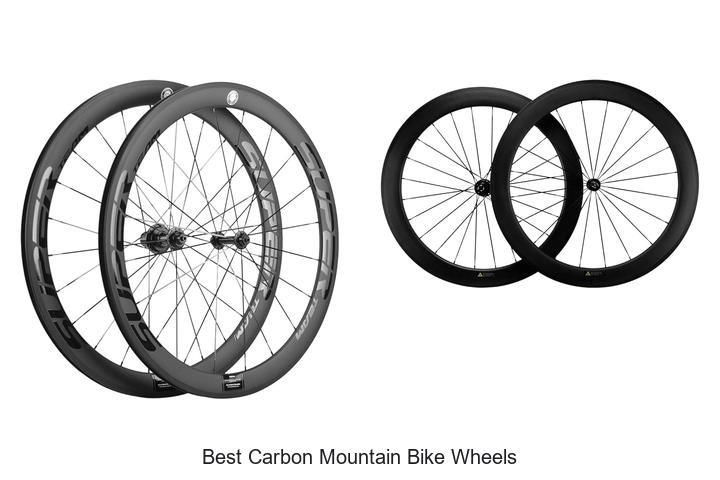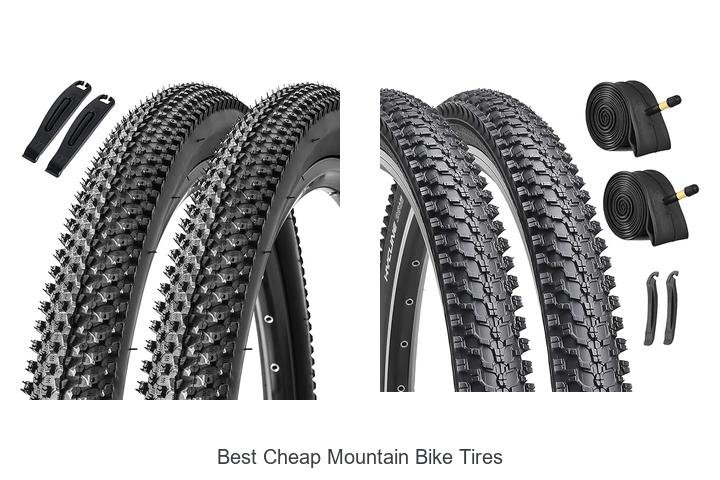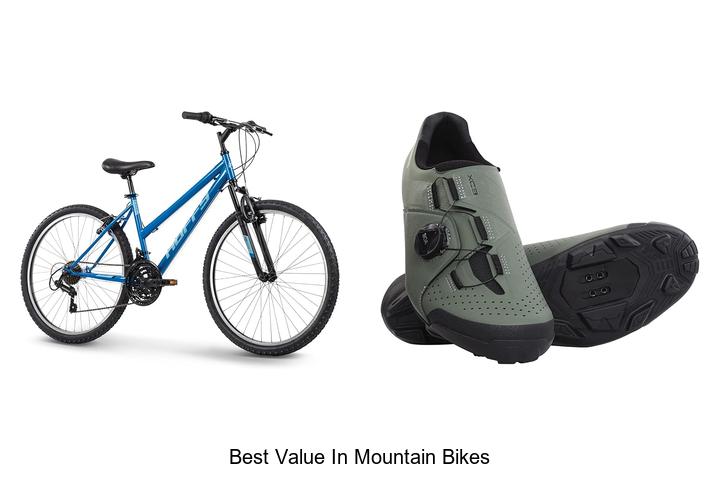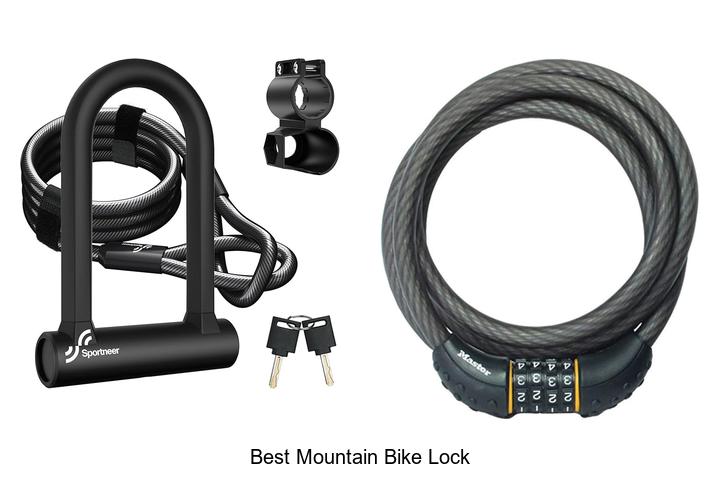How to Measure Mountain Bike Frame Size for the Perfect Fit
Key Takeaways
- Choosing the right mountain bike frame size enhances comfort, control, and overall riding performance while preventing injury and fatigue.
- Key frame measurements include seat tube length (frame height), top tube length (reach), and standover height (clearance for safe mounting).
- Use accurate tools like a tape measure, carpenter’s square, and level to measure frame dimensions precisely on a flat surface.
- Compare your measurements to manufacturer size charts and factor in riding style to select the optimal frame size for your needs.
- Prioritize standover clearance of 1 to 2 inches for safety and test ride different sizes when possible to ensure the best fit.
- Fine-tune your bike fit by adjusting components such as saddle height and handlebar position for maximum comfort and control.
Choosing the right mountain bike frame size is key to getting the most out of your ride. A frame that fits well boosts your comfort, control, and overall performance on the trails. If your bike is too big or too small it can lead to discomfort and even injury.
Measuring your mountain bike frame size might seem tricky but it’s simpler than you think. With a few easy steps and the right tools you can find the perfect frame size that matches your body and riding style. Whether you’re buying a new bike or upgrading your current one knowing how to measure correctly will save you time and money.
Understanding Mountain Bike Frame Size
Choosing the right mountain bike frame size improves your ride’s comfort and handling. Knowing what frame size means helps you make an informed decision.
Why Frame Size Matters
Correct frame size prevents discomfort and injury by matching your body dimensions. It enhances control for safer rides and improves performance on varied terrains. A properly sized frame reduces fatigue on long rides.
Common Frame Size Measurements
Most mountain bike frames use two key measurements:
- Seat Tube Length: Distance from the center of the bottom bracket to the top of the seat tube, indicating frame height.
- Top Tube Length: Horizontal distance between the head tube and seat tube, determining reach and riding position.
Manufacturers often list sizes in inches or centimeters, sometimes using sizes like small, medium, or large for convenience. Knowing these measurements helps you compare models and find your ideal fit.
Tools Needed to Measure Frame Size
Use a tape measure or a ruler marked in inches or centimeters to get accurate frame measurements. Select one with at least 60 inches (150 cm) in length for full coverage of typical bike sizes.
Place a carpenter’s square or a right angle ruler against the frame to ensure perpendicular measurements, especially when checking seat tube and top tube lengths.
Have a level tool, either a bubble level or a smartphone app, to verify the bike sits flat when measuring seat tube height or top tube length horizontally.
Use a marker or masking tape to mark measurement points on the frame for consistency and reference.
Prepare a flat surface to place the bike upright, which improves measurement accuracy by preventing tilts or angles during the process.
Steps to Measure Mountain Bike Frame Size
Follow these steps carefully to measure your mountain bike frame size accurately. Each measurement targets a key part of the frame affecting fit and comfort.
Measuring the Seat Tube Length
Locate the seat tube, running from the center of the bottom bracket to where the seat post enters the frame. Measure from the center of the bottom bracket to the top of the seat tube. Use a tape measure straight along the tube, avoiding angles or curves. Record the length in inches or centimeters, matching the unit used by your preferred bike manufacturer.
Measuring the Top Tube Length
Identify the top tube, which connects the seat tube to the head tube near the handlebars. Measure horizontally from the center of the head tube to the center of the seat tube. Ensure your tape measure stays level for an accurate horizontal reading; use a carpenter’s square or level tool to aid this. This length represents the effective top tube length, essential for handling and reach.
Checking the Standover Height
Stand over the bike with your feet flat on the ground and measure the vertical distance from the ground to the top of the top tube. Use a tape measure held vertically at the midpoint of the top tube. Ensure there is a clearance of 1 to 2 inches (2.5 to 5 cm) between your body and the top tube for safe mounting and dismounting. Adjust frame size if clearance falls outside this range.
Using Your Measurements to Choose the Right Frame Size
Use your collected measurements to select a frame size that matches your body dimensions and riding needs. Accurate comparison to size charts and consideration of riding style ensure a frame that fits well and performs optimally.
Comparing Measurements to Size Charts
Compare your seat tube length, top tube length, and standover height to manufacturer size charts. Use these charts to match numeric values, like inches or centimeters, to frame sizes labeled small, medium, or large. Consult multiple brands since sizing can vary between manufacturers. Choose a size where your measurements fall within recommended ranges, prioritizing standover clearance of 1 to 2 inches to maintain safety and comfort.
Adjusting for Riding Style and Preferences
Adjust frame size recommendations based on how you ride. Select a slightly smaller frame if you prefer aggressive downhill riding for improved control and maneuverability. Add size if you favor long-distance trail riding to increase comfort and reduce fatigue. Factor in personal preferences like reach and handlebar height, adjusting frame geometry and components accordingly to optimize fit and performance.
Tips for Getting the Perfect Fit
Check your body measurements first. Measure your inseam length, torso length, and arm length to match with frame size charts accurately. Use a flat wall and a book or level for precise inseam measurement.
Compare your measurements with multiple manufacturer size charts. Frame sizing varies among brands, so consulting several charts helps find the best match. Consider frame geometry differences alongside size labels.
Prioritize standover clearance. Ensure at least 1 to 2 inches of clearance between the top tube and your inseam when standing flat-footed over the bike. Insufficient clearance compromises safety and comfort.
Adjust frame size based on riding style. Choose a smaller frame for aggressive downhill or technical riding to enhance maneuverability. Opt for a larger frame for endurance rides or trail riding to improve stability and comfort.
Test ride several sizes if possible. Riding lets you evaluate reach, handling, and overall comfort more accurately than measurements alone. Focus on how natural and controlled your position feels.
Fine-tune fit with component adjustments. Adjust saddle height, handlebar height, and stem length to align riding position with your ergonomic needs. Proper component setup complements the chosen frame size for optimal performance.
Choose sizes allowing room for growth if buying for teenagers. A slightly larger frame accommodates physical development without sacrificing control during rides.
Conclusion
Getting your mountain bike frame size right makes a huge difference in how you ride. When your bike fits you well, you’ll feel more comfortable, confident, and in control on every trail. Taking the time to measure accurately and match those measurements to the right frame size helps you avoid unnecessary discomfort and injury.
Remember that sizing can vary between brands, so don’t hesitate to compare charts and test ride whenever possible. With the right fit, you’ll enjoy better performance and more fun on your rides. Your perfect mountain bike is out there—just make sure it’s sized just for you.
